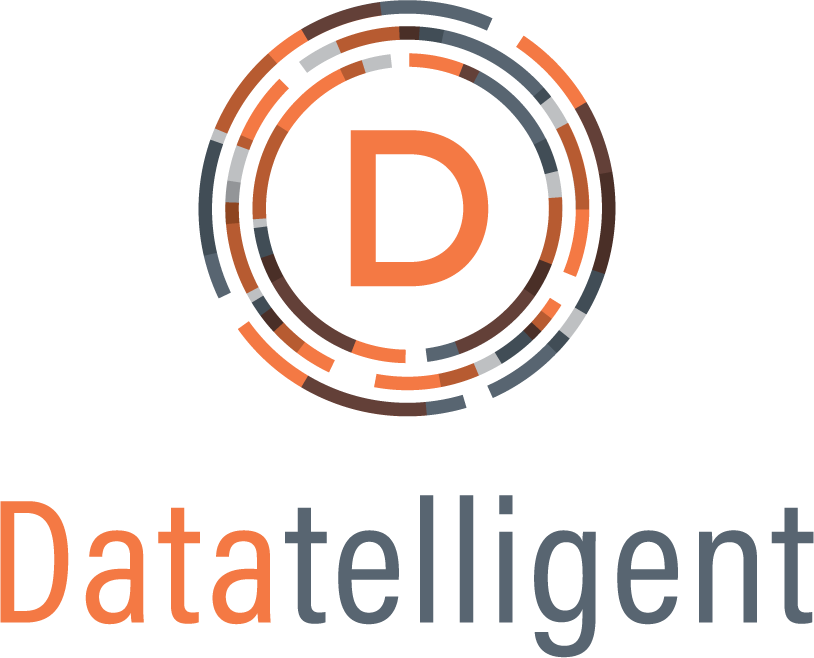Higher education is entering a new era of data-informed decision-making. As institutions look to leverage artificial intelligence (AI), the success of these initiatives depends on a robust foundation built on a modern data infrastructure. Central to that foundation is the data lake.
Why Data Lakes Matter
Unlike traditional databases and data warehouses, which require structured inputs, data lakes allow the storage of all data types—structured and unstructured—without forcing early decisions about format or structure. This makes data lakes ideal for institutions facing increasing data complexity and scale.
As noted in EdTech Magazine, data lakes collect all types of data “without imposing a structure until the query is taking place,” giving data scientists the flexibility to shape data as needed for advanced analytics. Institutions can consolidate student information systems, learning management (LMS) platforms, customer relation management (CRM) systems, and more—breaking down data silos and gaining a holistic view of the student journey.
By adopting a more flexible data approach, institutions can more easily explore and understand their data as new questions emerge, without being constrained by rigid reporting formats. This enables deeper insights and quicker responses to changing needs.
Building the Foundation for AI
The flexibility and scalability of data lakes make them the perfect launchpad for deploying AI and machine learning tools. With clean, accessible data, colleges can:
- Predict student retention risk using machine learning models trained on behavioral and academic trends
- Tailor learning paths and student services through AI-powered personalization
- Forecast enrollment and operational trends to improve institutional planning
A study published in Scientific Reports highlighted how combining academic and behavioral data from over 50,000 students enabled machine learning models to predict first-semester attrition with up to 88% accuracy—showing the true potential of applying machine learning using student data.
These models also demonstrate the advantage of incorporating more than just grades. By leveraging student interactions with learning platforms, campus support services, and peer communities, institutions can more accurately identify risk factors and intervene earlier.
Real-World Application
Examples like Crown College show the value of predictive analytics in action. By building a data-informed retention program, they raised freshman fall-to-spring retention from 84% to 89% over four years. Their success was driven by clear, actionable insights grounded in high-quality data—achievable only with the proper infrastructure.
Similarly, Cowley College partnered with Datatelligent to implement a unified, Snowflake-based data lake and campus-wide dashboards. With access to real-time information, Cowley’s staff could spot emerging trends, reduce manual reporting tasks, and focus more energy on strategic action.
Other institutions are using data lakes to power dashboards that monitor student engagement, automate compliance reporting, and benchmark performance against institutional goals. Feeding these systems with raw and diverse data ensures their analytics are grounded in a comprehensive, real-world picture.
AI in Higher Education: Opportunities and Challenges
A recent Datatelligent Industry Survey found that while many institutions are enthusiastic about AI in higher education, most are in the early stages. 61% of colleges lacked formal AI policies or had not started developing them. Still, forward-thinking campuses are beginning to invest in talent, ethical data governance, and pilot AI projects grounded in data lakes.
However, barriers remain, including limited staff capacity, concerns about student data privacy, and uncertainty about how best to deploy AI responsibly. These aren’t technical hurdles alone—they’re cultural and operational, requiring cross-campus alignment and leadership support.
Setting the Stage for Scalable AI
For institutions to scale AI responsibly, they must begin with a clear strategy for collecting, governing, and using data. This involves:
- Defining data quality standards for consistent data collection
- Training staff in ethical AI and data interpretation
- Creating feedback loops to evaluate model effectiveness and adjust practices
Just as importantly, institutions must cultivate a data informed culture that values transparency, inquiry, and evidence-based decision-making. This cultural shift often starts with small wins, such as a KPI dashboard that saves time or a pilot model that improves advising outcomes. These successes build momentum creating further student success.
Final Thought
AI has the power to transform how colleges and universities use student data, but only if they are ready. Investing in a well architected data lake is not just a technology upgrade, it is a strategic investment. With the right foundation, institutions can turn abundant data into meaningful insights, leading to more personalized, responsive, and effective educational experiences.
Need help setting the foundation? Datatelligent partners with higher education institutions to implement data lake strategies designed for real-world impact.



